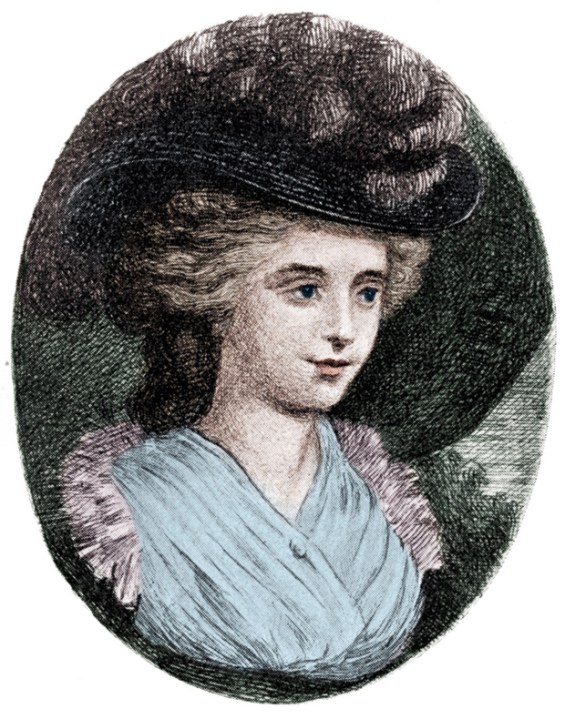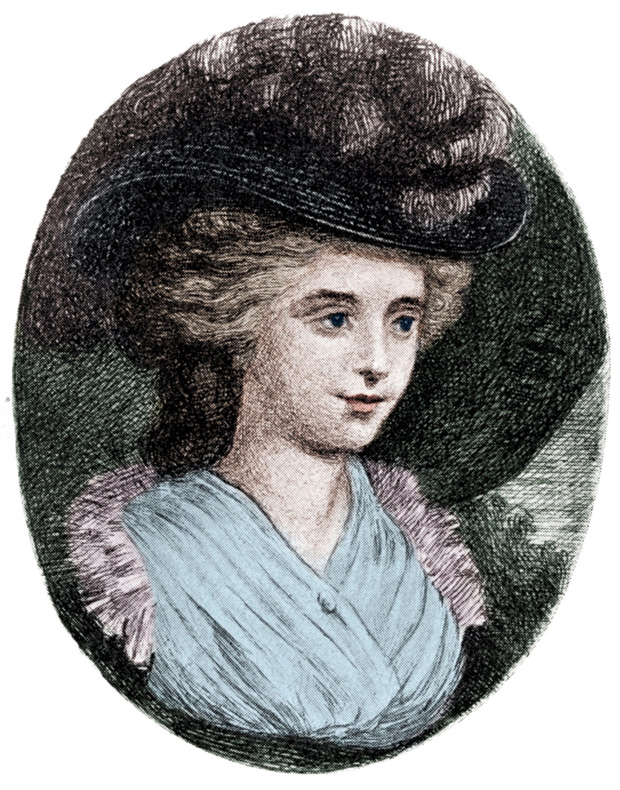Sir Brian Unwin leads off with some decidedly questionable assertions. He wonders why the first of his two subjects, the Comtesse de Boigne, should have been ‘ignored or un-noticed by most historians’ — curious words to apply to a woman whose words are quoted in virtually every biography or history of her period. As to his second subject, Fanny Burney, he describes her as a ‘great novelist’. Evelina, Cecilia and Camilla make pleasant reading and were vastly successful in their time, but ‘great’ is surely pushing it a bit? In the vast gulf that separates Barbara Cartland from Virginia Woolf, Burney is nearer the latter than the former but a considerable way from both. Having cleared his throat in this way, however, Unwin provides an entertaining portrait of two remarkable women.
It was a good idea to devote a book to these two, who were so different in background and character yet have so much in common. Fanny Burney was by nearly 30 years the older; Adèle de Boigne sprang from a far more aristocratic background. So far as is known the two women never met, but they were preoccupied by the same issues, to some extent witnessed the same events, and recorded what they saw or heard with meticulous care and in vivid detail.
Fanny Burney was already established as a novelist but had little of great moment to include in her diaries until the time when she found herself swept into the royal circle as Second Keeper of the Robes to Queen Charlotte. She was a reluctant courtier and was happy to escape after five years, but those years yielded a vivid picture of life at court and of the descent into insanity of the unfortunate King George III.
She was then drawn into the circle of French emigrés who had fled the revolution and established a colony at Juniper Hall in the Surrey countryside. She married one of the most attractive of these, Alexandre d’Arblay, accompanied him to France as soon as the war permitted, and contentedly settled back in England after he died in 1818.
The Comtesse de Boigne’s life was more exotic. She spent much of her childhood at the French court, fled France to escape the Terror, and at the age of 17 married General de Boigne, more than 30 years her senior and extremely rich. Most of the rest of her life was spent in Paris, mixing with all that was most glamorous in the worlds of literature and politics. She was intimately involved in the events leading up to the July revolution and remained close to Louis-Philippe, Duc d’Orléans, after he was crowned King of the French.
Few people were in a better position to know what was going on than Fanny d’Arblay and Adèle de Boigne; few people could have recorded their impressions more vividly and entertainingly. Unwin starts by introducing his two protagonists and follows with chapters describing their experiences in each other’s countries and their relationships with Wellington, Napoleon and their respective royal families. The result is inevitably a little scrappy, but it is difficult to think of a better way of doing justice to their chronicles. On the whole Fanny, brought up in the cultivated group that surrounded her musicologist father, provides the more entertaining gossip, but Adèle, closely associated as she was with both Bonaparte and the Orleanist royal family, was more in touch with the world of serious politics. Fanny was the nicer woman and would have made the better friend but if Adèle had decided that one’s acquaintanceship was worth cultivating she would have introduced one into circles that were more distinguished and more interesting.
Unwin is sometimes over-anxious to promote the value of his wares. Madame de Boigne did not herself witness the murder of the Duc de Berry but she was one of the first to hear of it. Her record of the event is interesting and her reflections on the Duke himself are sensible and balanced, but it seems excessive to claim that her ‘comments on this extraordinary scene are superb’.
At various points we are assured that one or other of our two chroniclers provides ‘an utterly brilliant record’, that their work ranks with Thucydides, is ‘vivid and exciting’, ‘authentic and gripping’, brilliantly dismissive’ and so on. It would perhaps have been better to let their considerable merits speak for themselves and allow readers to form their own judgment about the value of what they are reading.
This is a minor quibble, though: Unwin’s enterprise is still well worth while. If you have time and inclination, the Oxford University Press’s 12 volumes of Fanny Burney’s diary and letters and Plon’s four volumes of de Boigne’s memoirs make excellent reading (there are several other editions of both authors’ works, each with a different number of volumes, but these are probably the best and the most readily accessible). Otherwise Unwin’s admirable summary will do very well.







Comments